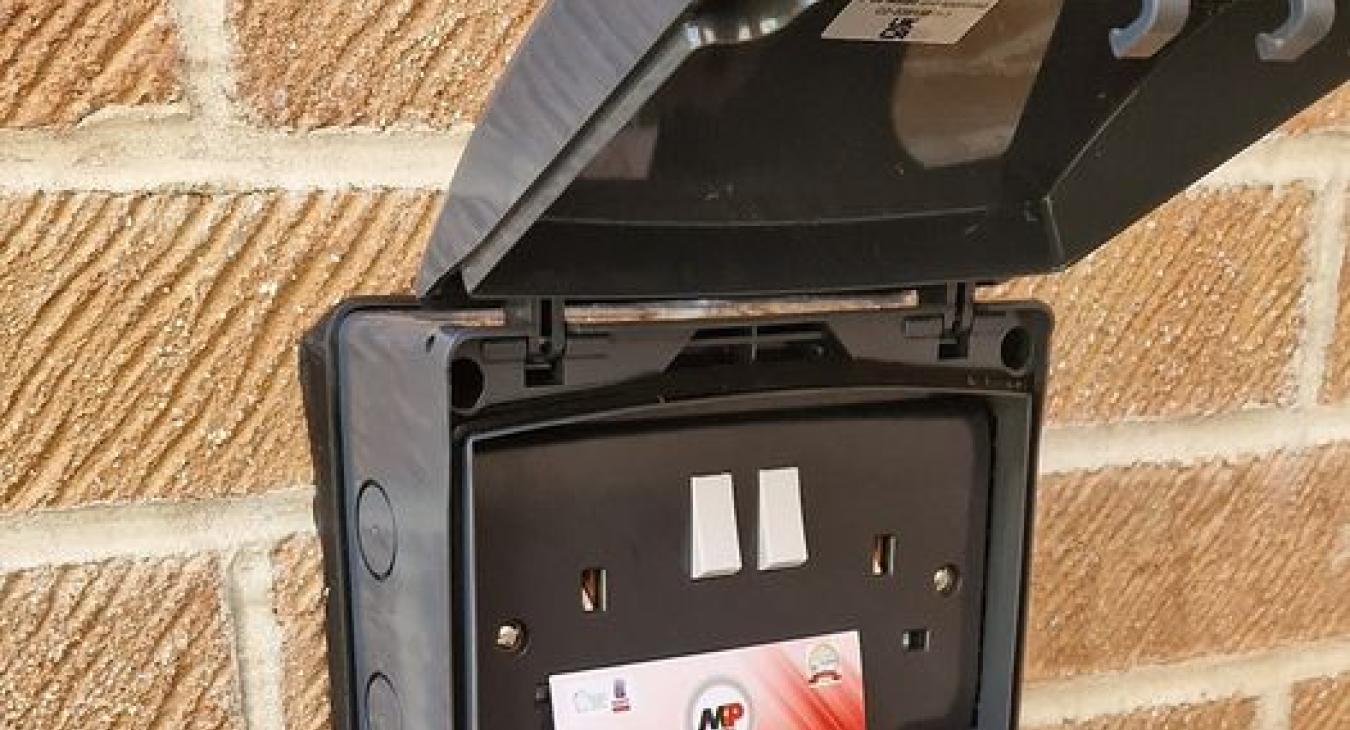
Adding an outdoor socket to your home in South Yorkshire can be incredibly useful. Whether you need to power garden tools, outdoor lighting, or simply enjoy the convenience of having a plug outside for various uses, installing an outdoor socket can make a big difference. However, fitting an outdoor socket involves several important steps and safety considerations. Here’s a comprehensive guide on how to fit an outdoor socket safely and effectively.
Why Install an Outdoor Socket? 🌟
Before diving into the installation process, let’s look at why having an outdoor socket can be beneficial:
- Convenience 🛠️: No more trailing extension cords from inside your house.
- Safety 🔒: Proper outdoor sockets are designed to withstand the elements, reducing the risk of electrical hazards.
- Versatility 🌳: Powering garden tools, outdoor lighting, festive decorations, and more becomes much easier.
Tools and Materials Needed 🧰
To fit an outdoor socket, you’ll need the following tools and materials:
- - Outdoor socket (weatherproof)
- - RCD (Residual Current Device) for added safety
- - Screwdrivers
- - Power drill and bits
- - Cable (suitable for outdoor use)
- - Cable clips
- - Grommets
- - Wall fixings
- - Spirit level
- - Electrical tape
- - Wire strippers
Step-by-Step Guide to Fitting an Outdoor Socket 📝
*Safety First!* Before starting, ensure the power is switched off at the mains. If you’re not confident in working with electricity, it’s always best to consult a qualified electrician.
1. Choose the Location 📍
- Select a suitable location for your outdoor socket. Ideally, it should be close to an existing indoor socket to minimize cabling.
- Ensure the location is not prone to waterlogging or excessive exposure to the elements.
2. Drill a Hole for the Cable 🛠️
- Using a power drill, create a hole through the wall where the cable will pass. Make sure the hole is slightly downward-angled to prevent water ingress.
- Insert a grommet into the hole to protect the cable from damage.
3. Run the Cable 🔌
- Feed the outdoor-rated cable through the grommet and hole. Leave enough slack on both ends to work comfortably.
- Inside your home, identify the nearest socket from which you will draw power.
4. Install the RCD 🛡️
- For added safety, install an RCD at the indoor socket you’re using to supply power. This device will cut off electricity if it detects a fault.
- Connect the RCD according to the manufacturer’s instructions.
5. Wire the Outdoor Socket ⚡
- Open the outdoor socket casing and connect the wires. Typically, this involves connecting the live (brown), neutral (blue), and earth (green/yellow) wires to the appropriate terminals.
- Secure the cable with cable clips inside the socket casing to prevent movement.
6. Mount the Outdoor Socket 🏡
- Use a spirit level to ensure the socket is straight. Mark the mounting holes on the wall.
- Drill pilot holes and insert wall fixings. Screw the socket casing to the wall securely.
7. Connect the Indoor Socket 🛠️
- Inside your home, turn off the power to the socket you’re working with.
- Remove the socket faceplate and connect the outdoor cable to the corresponding terminals.
- Replace the socket faceplate and secure it.
8. Test the Installation ✅
- Switch the power back on at the mains and test the indoor and outdoor sockets.
- Use a socket tester to ensure the outdoor socket is wired correctly and the RCD functions properly.
9. Seal the Outdoor Socket 💧
- Ensure the outdoor socket is sealed properly to prevent water ingress. Most outdoor sockets come with a rubber gasket or sealing compound for this purpose.
Important Safety Considerations ⚠️
- Weatherproofing: Always use sockets and enclosures rated for outdoor use.
- RCD Protection: Installing an RCD is crucial for protecting against electrical faults.
- Regulations: Ensure your installation complies with UK Building Regulations, particularly Part P, which covers electrical safety.
When to Call a Professional 👷♂️
While fitting an outdoor socket can be a DIY project, it involves working with electricity, which can be dangerous. If you’re unsure or uncomfortable with any part of the process, it’s best to hire a professional electrician. At MP Electrical, we offer reliable and safe installation services for South Yorkshire residents.
A Word of Caution ⚠️
MP Electrical strongly recommends hiring a qualified electrician for all electrical works. This guide is intended for informational purposes only, and we accept no responsibility for any issues arising from DIY electrical work.
Conclusion 🌟
Installing an outdoor socket can enhance the functionality and convenience of your outdoor space. By following this guide and prioritizing safety, you can successfully add an outdoor socket to your South Yorkshire home.
Get in Touch
Need help with your outdoor socket installation? Contact MP Electrical for expert assistance. Message us or call our office on 01709 645115 to speak with one of our knowledgeable team members. We’re committed to providing prompt, reliable service, ensuring your home’s electrical systems are safe and efficient.
Stay tuned to our blog for more tips and insights on maintaining and upgrading your home’s electrical systems. 🌟🔌🏠










